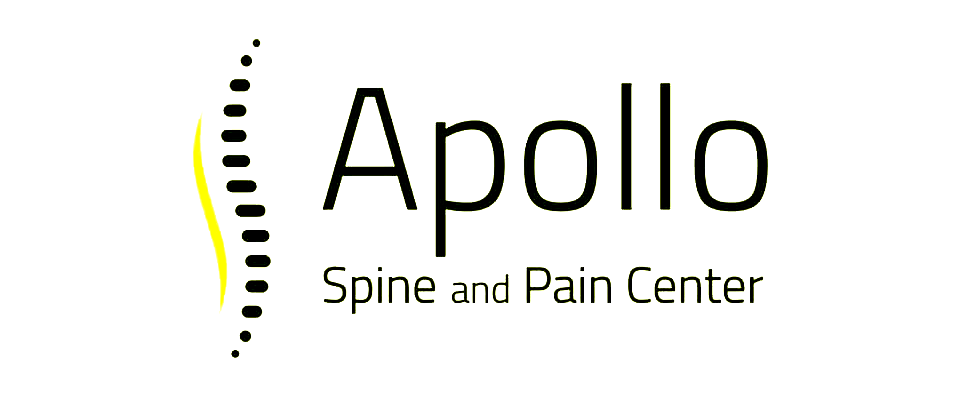Managing Craniofacial Pain with Simple Tips
Craniofacial pain is a common issue that affects many people. It can make simple activities like eating, talking, and even smiling painful. This type of pain often involves discomfort in the head, face, and neck areas, making it hard to enjoy daily life. Knowing more about craniofacial pain and how to manage it can greatly improve your well-being.
Craniofacial pain can come from various sources. It might be due to dental problems, muscle strain, or issues with the nerves. Sometimes, it can also be linked to conditions like migraines or TMJ (temporomandibular joint) disorders. Understanding what causes your pain is the first step in finding relief.
Luckily, there are many ways to manage this kind of pain. Simple at-home remedies can offer quick relief, while interventional pain management techniques provide more long-term solutions. This article will explore the causes, treatments, and preventive measures that can help you deal with craniofacial pain effectively. With the right strategies, you can reduce your pain and enjoy a better quality of life.
Understanding Craniofacial Pain and Its Causes
Craniofacial pain, which affects the face and head, can be very distressing. This type of pain can stem from various sources, making it often tricky to diagnose. Common causes include migraines, temporomandibular joint (TMJ) disorders, sinus issues, and dental problems. Migraines and tension headaches are the most frequent culprits, often triggered by stress, certain foods, or hormonal changes.
TMJ disorders result from problems with the jaw joint and surrounding muscles. This condition can cause pain in the jaw, face, and even the ears. Sinus issues, like infections or allergies, can also lead to craniofacial pain. The pressure and inflammation in the sinuses can cause discomfort in the forehead, cheeks, or around the eyes. Dental problems, such as toothaches or abscesses, are another significant source of pain, often radiating to the face and head.
Understanding the root cause of craniofacial pain is crucial for effective treatment. Identifying the triggers and symptoms can help in choosing the right approach to manage and alleviate the pain.
Simple At-Home Remedies to Alleviate Craniofacial Pain
Managing craniofacial pain starts with simple at-home remedies that can provide quick relief. Here are some tried-and-true methods:
1. Cold and Hot Compresses:
Applying a cold pack to the affected area can reduce inflammation and numb sharp pain. Alternatively, a warm compress can soothe tense muscles and improve blood flow.
2. Hydration:
Staying hydrated can help reduce headaches and sinus-related pain. Drinking plenty of water ensures that your body functions optimally and helps wash away toxins that could be contributing to your discomfort.
3. Rest and Relaxation:
Taking time to rest and de-stress can significantly reduce craniofacial pain. Practicing relaxation techniques, like deep breathing, meditation, or gentle yoga, can relieve tension and reduce pain levels.
4. Over-the-Counter Pain Relievers:
Non-prescription medications like ibuprofen and acetaminophen can help manage pain. It's essential to follow the recommended dosage and consult a doctor if the pain persists.
5. Proper Posture:
Maintaining good posture while sitting or working can prevent strain on your neck and jaw, reducing the risk of developing craniofacial pain. Make sure your workstation is ergonomically set up to support a healthy posture.
6. Healthy Diet:
A well-balanced diet can impact overall well-being, including reducing pain. Avoiding trigger foods that cause migraines and incorporating anti-inflammatory foods, such as fruits, vegetables, and whole grains, can make a big difference.
These simple remedies can be very effective in managing craniofacial pain and improving your daily life. However, if the pain continues, seeking professional help is essential to identify any underlying issues.
Interventional Pain Management Techniques for Craniofacial Pain
When at-home remedies aren’t enough, interventional pain management techniques can provide significant relief for craniofacial pain. These advanced treatments target specific pain sources and offer more controlled outcomes.
1. Nerve Blocks:
Nerve blocks involve injecting anesthetics or anti-inflammatory medications directly near the nerves causing the pain. By doing so, these blocks can disrupt pain signals being sent to the brain. This method is particularly effective for trigeminal neuralgia and other nerve-related facial pains.
2. Radiofrequency Ablation (RFA): RFA uses heat generated by radio waves to destroy nerve fibers responsible for transmitting pain. The process targets the affected nerves, reducing or eliminating pain for an extended period, sometimes up to a year or more.
3. Botox Injections:
Botox isn’t just for cosmetic purposes. Small doses of Botox can be injected into the facial muscles to reduce the tension and spasms that contribute to chronic craniofacial pain. This is often used for chronic migraines or tension headaches.
4. Platelet-Rich Plasma (PRP) Therapy:
PRP therapy involves using the patient’s own blood, processing it to concentrate the platelets, and injecting it back into the areas requiring healing. This method can promote tissue regeneration and reduce inflammation, aiding recovery from chronic pain conditions.
5. Trigger Point Injections:
These injections are used for treating painful areas of muscle that contain trigger points, or knots of muscle that form when muscles don’t relax. By injecting a small amount of anesthetic and steroid into these points, the muscle is able to relax, alleviating the pain.
Exploring these interventional techniques can offer more targeted relief and improve your quality of life by addressing the root causes of craniofacial pain effectively.
Preventive Tips for Long-Term Relief from Craniofacial Pain
Preventing craniofacial pain involves adopting healthy habits and making lifestyle changes that can provide long-term relief. Here are some tips to help you keep pain at bay.
1. Practice Good Posture:
Poor posture can strain your neck and face muscles, leading to chronic pain. Make an effort to maintain good posture whether you’re sitting, standing, or sleeping. Use ergonomic furniture and keep your computer screen at eye level.
2. Manage Stress:
Stress can trigger or worsen craniofacial pain. Incorporate stress-relief techniques such as deep breathing exercises, meditation, or yoga into your daily routine. Regular relaxation can help reduce muscle tension and prevent headaches.
3. Maintain a Healthy Diet:
Eating a well-balanced diet rich in vitamins and minerals supports overall health and can reduce inflammation. Foods high in omega-3 fatty acids, like fish and flaxseeds, are particularly beneficial for reducing pain and inflammation.
4. Stay Hydrated:
Drinking plenty of water keeps your body hydrated, helps maintain optimum muscle function, and reduces the risk of developing trigger points in the facial muscles.
5. Regular Exercise: Physical activity improves blood circulation, reduces stress, and strengthens muscles, all of which can help prevent craniofacial pain. Aim for at least 30 minutes of moderate exercise most days of the week.
6. Avoid Overuse of Electronics:
Prolonged use of electronic devices can lead to tech neck and strain the muscles in your face and neck. Take regular breaks from screens and ensure you have a proper setup that minimizes strain.
By incorporating these preventive measures into your routine, you can significantly reduce the frequency and intensity of craniofacial pain and enjoy a more pain-free life.
Conclusion
Craniofacial pain can be a debilitating condition that affects many aspects of daily life. However, understanding its causes and exploring effective pain management strategies can make a significant difference. From at-home remedies to advanced interventional techniques, there are numerous ways to tackle craniofacial pain and improve your quality of life.
Prevention is also crucial. By adopting healthy habits such as maintaining good posture, managing stress, and staying active, you can prevent the onset of pain and enjoy long-term relief. While self-care measures can be very effective, knowing when to seek professional help is essential for addressing more severe or persistent pain.
Remember, you do not have to live with craniofacial pain. At Apollo Spine and Pain Center, we are committed to providing
comprehensive pain management solutions tailored to your specific needs. Contact us today to schedule a consultation and take the first step towards a pain-free future.












